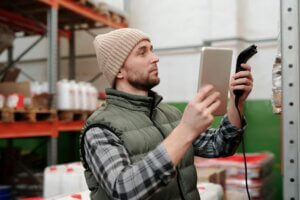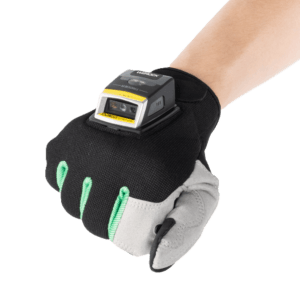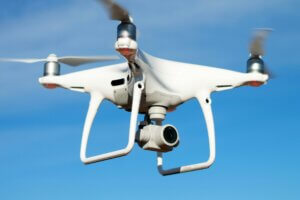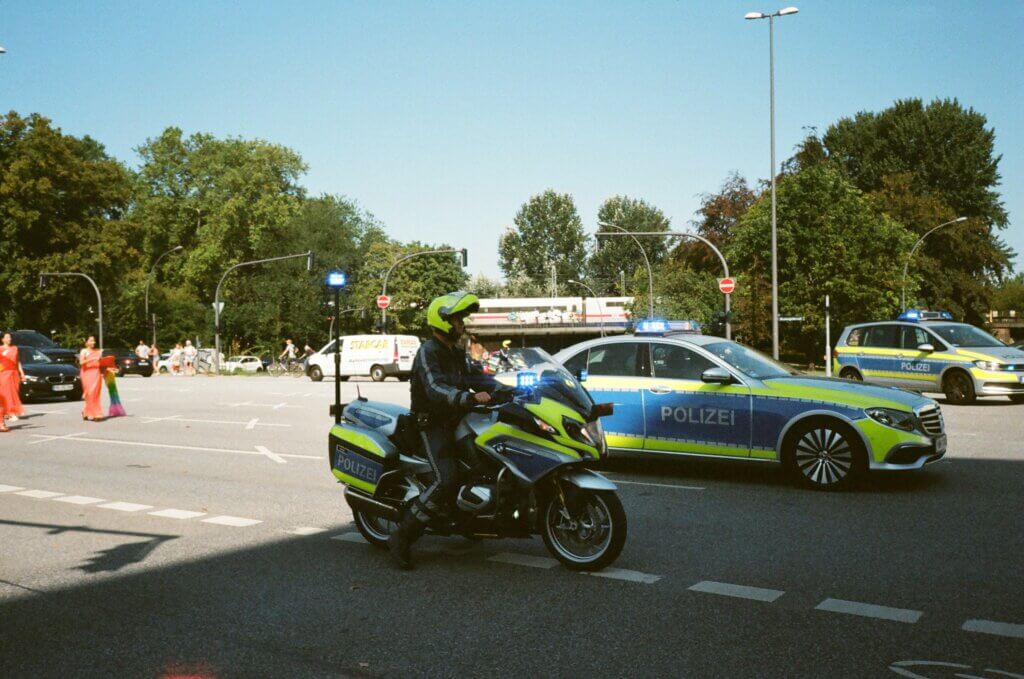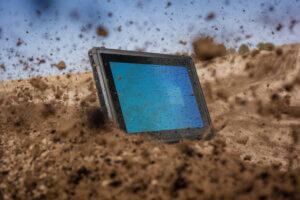Acceptance of new technologies among security agencies and businesses increased by Corona pandemic.
The Corona pandemic has not only changed the way we collectively think about security, it has also redefined our expectations of technology. This is evidenced by an international study conducted by Motorola Solutions in conjunction with world-leading research institution Goldsmiths, University of London.
The study examined how the pandemic has raised awareness of the use of forward-thinking technologies by police, fire and emergency services, as well as private companies, to maintain business processes in times of crisis and ensure the safety of the public. The study also demonstrates how the crisis has accelerated innovation and the adoption of new technologies around the world.
The study shows that citizens expect more from public safety than before, while being open to the use of new technologies. 88% of respondents would like to see public safety transformed through the use of modern technologies. 70% worldwide (Germany: 65%) would like emergency services to be able to predict risks and critical situations with the help of new technologies. The study identifies three key trends here:
The pandemic has redefined security expectations.
“Across the globe, citizens are grappling with the constraints of COVID-19 and how the pandemic will affect their safety,” explains Dr. Chris Brauer, director of innovation at the Institute of Management Studies (IMS) at Goldsmiths, University of London. “Our collective experience with the pandemic has made us realize that technology can play a much bigger role in our security. And it has sharpened our understanding of why agencies and organizations with security missions need technology to respond to new threats.”
The pandemic has accelerated technological innovation.
The study makes clear that the pandemic has triggered a high pace of innovation among government agencies and organizations with security responsibilities, but also among companies. This is particularly evident in the use of video solutions, in the cloud and in the interoperability of different technologies. At the same time, the need for reliable and fail-safe communication was confirmed.
Technology must be used fairly and transparently.
The study highlights the importance of transparency and trust to ensure public support for technology deployment. Citizens demand that technology be used in a transparent manner: Data privacy is important to 82 percent of global respondents, and 75 percent of the population (71 percent in Germany) say they trust security agencies to use their data – as long as they know how it is being used. The study also highlights the need for more education to improve understanding of new technologies such as artificial intelligence (AI).
“Our study clearly shows that the uses and benefits of technology need to be better and more transparently explained to the public,” Saptharishi said. “We need to take the time to show citizens the benefits of these technologies. After all, technology helps responders arrive at operational situations informed and respond more quickly to more complex threats. AI does not replace human decision-making in this process, but supports it.”
Authorities and organizations with security tasks but also companies can benefit from the insights and trends identified in the study. They are an opportunity to accelerate innovation and develop solutions for the future. The gap between security requirements and the use of technology is closing. Only collaboratively can a safe and sustainable post-pandemic future be created.
Connected at all times with the right tools
Whether they are used by the police, law enforcement agencies or rescue services, robust tablets and notebooks from WEROCK such as the Rocktab U210 or the Rockbook X550 are perfectly prepared for the needs of everyday heroes. They withstand all the rigors of use such as rain, snow and dirt and offer optimal visibility thanks to extremely bright displays. At the same time, they offer enough power for all tasks of the emergency forces.





